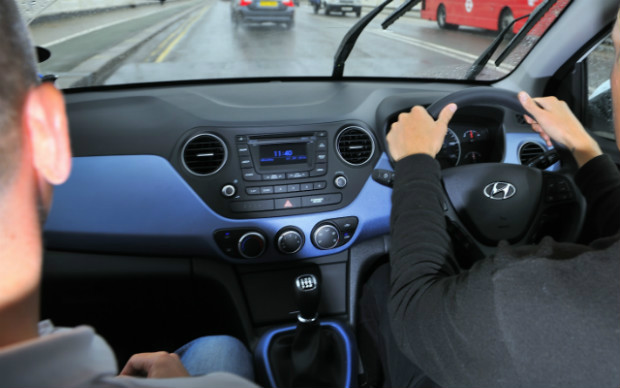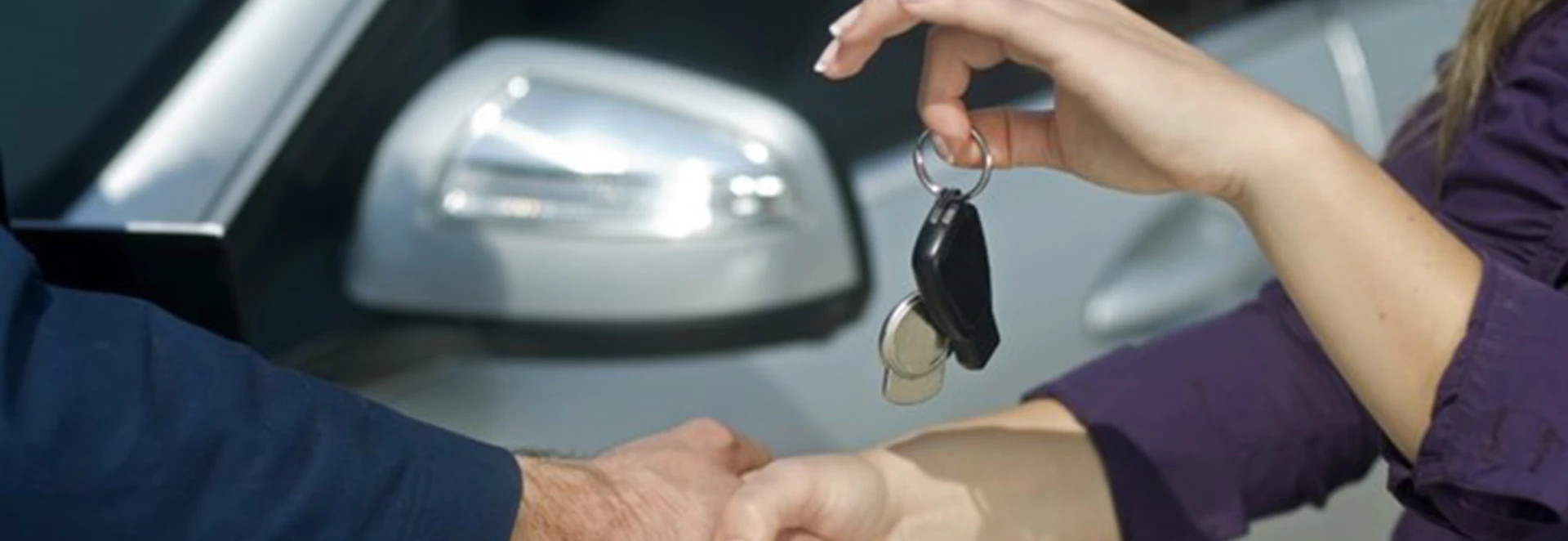When you get your hands on a brand-new car you’ve just purchased (or begun leasing) then it will have a very small number of miles recorded on the odometer.
It is also a widely-held belief that it’s important to take extra care with your car when covering its first 1,000 miles, undertaking a procedure known as ‘running in’.
Also known as breaking in a car, this cautionary period of following certain driving patterns is motivated by the aim to allow key components of a new car’s engine to bed-in. This should ensure the car’s parts will function properly in the long term future.
This whole procedure was more of a necessity with older cars, but the standard of engineering, manufacturing and oil quality in new cars nowadays has made running in less vital than it used to be.
Nevertheless, it’s still helpful to take extra care when using your car during the first thousand miles, particularly if you plan to keep it for a long time. A gentler touch in the early days of ownership can benefit a car long-term in regards reliability, fuel consumption and oil consumption.
Our top tips for running in a new car
Use the car for easy journeys at the start
Start off using your new car mainly for gentle driving journeys like commuting through town, to allow the major components to bed-in. Avoid harsh acceleration and heavy braking as much as you can.
Treat the engine gently
It is far healthier for your car’s engine long-term if you keep the engine revs at a balanced level, rather than under or over revving the engine.
If your new car is a petrol unit, stick to a limit of 3,000rpm for the first 500-600 miles and then increase that limit to around 4,000rpm at max. Try to keep the engine as close to these limits as you can while driving in your car and working through the gears.

If it’s a diesel engine in your new car, keep the engine speed to about 3,000rpm for the first thousand miles. Again try to regularly reach and stick to that rev limit. Avoid labouring the engine by changing up a gear too early or hanging on to a particular gear for much longer than necessary.
Check how much oil and coolant is being used
When you’ve just got a new car, you won’t know how much oil or coolant liquid it is going to use. Therefore, checking it at least once a week is a good idea to get a reading on this and to be sure there are no issues with consumption.
While a new car’s oil consumption can be high for about the first 6,000 miles, the level of consumption should slow from thereon, particularly if you’ve been gentle with the car in the early days of ownership.
If you notice what seems to be excessive consumption of oil or coolant fluid even after clocking in thousands of miles on the car, then this could be a sign of a mechanical fault. Take your car to a service garage if you’re concerned this could be the case.
Be wary of how the tyres will change
New tyres on a new car typically have a thin oily coating on their surface due to the manufacturing process.
While this coating will wear off over time, it will affect how the handling of the car feels, especially in wet weather.
The coating is likely to wear off within the first five miles of driving or possibly even less, so drivers may not even notice it. Still, if right at the beginning of driving your car it feels different to what you were expecting, remember that the oily coating on the tyres can influence the initial experience.
Still looking for a new car to buy? Find prices for new cars at carkeys.co.uk




